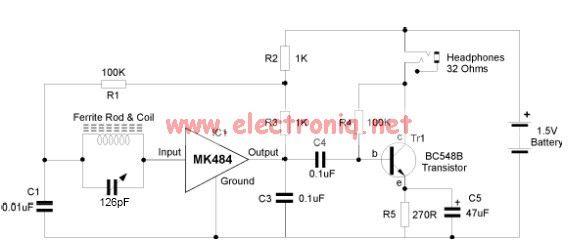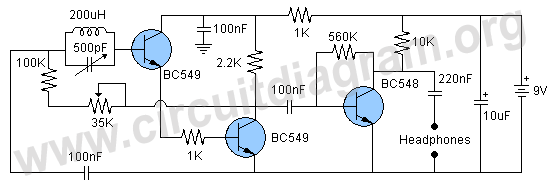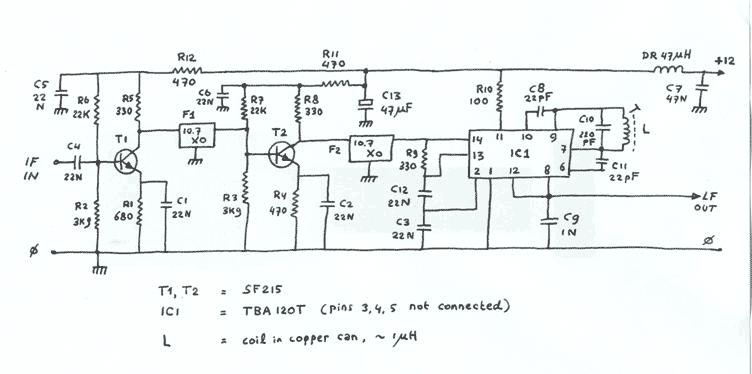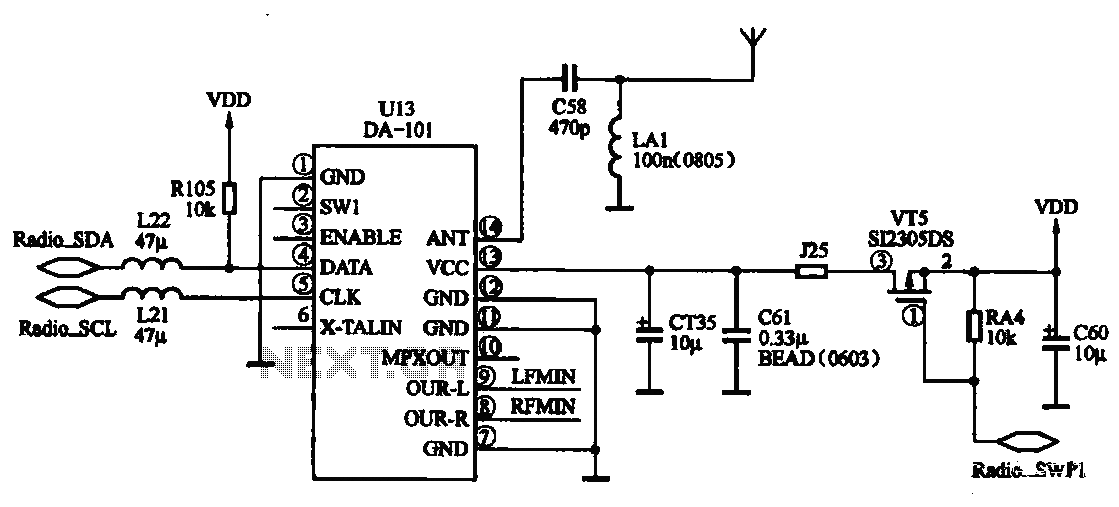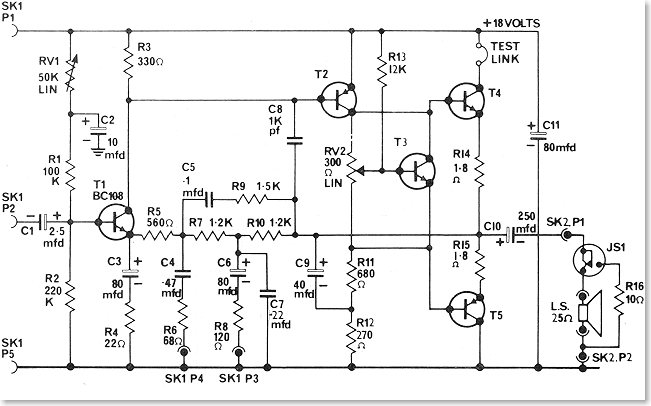
TA2003FG AM / FM Radio IC
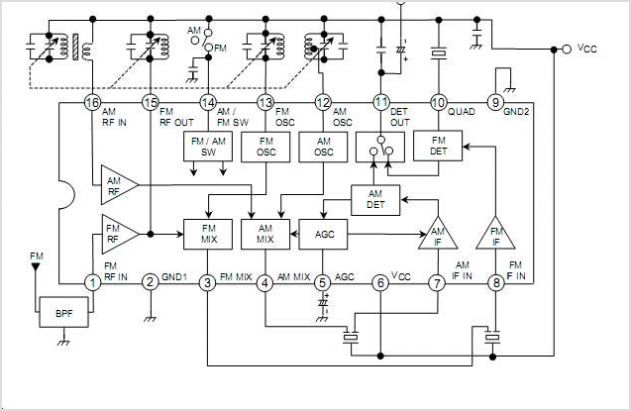
Telephone Tone Ringer TA31001 The UTC TA31001 is a bipolar integrated circuit designed for telephone bell replacement. It can also be used as alarms or other alerting devices. By LianShun Electronics Co., Ltd.
The UTC TA31001 is a versatile bipolar integrated circuit specifically engineered to serve as a replacement for traditional telephone bells. Its design allows for seamless integration into various telecommunication systems, providing an efficient and reliable alternative to mechanical ringing devices. The TA31001 is not limited to telephone applications; it can also function effectively in alarm systems and other alerting devices, making it a valuable component in a wide range of electronic applications.
The circuit operates by generating a tone that simulates the sound of a conventional telephone bell, which can be adjusted in frequency and volume to meet specific user requirements. The IC features an internal oscillator that produces a square wave output, which is then amplified to drive a speaker or piezoelectric transducer. The TA31001 is designed for low power consumption, making it suitable for battery-operated devices.
In terms of connectivity, the TA31001 typically includes input pins for triggering the tone generation and output pins for connecting to the alerting device. The circuit can be powered by a standard DC voltage source, which simplifies integration into existing systems. Additionally, it is important to consider the impedance of the connected speaker or transducer to ensure optimal performance and sound quality.
Overall, the UTC TA31001 is an efficient and adaptable solution for modern alerting needs, providing a reliable alternative to traditional ringing mechanisms in both telephone systems and alarm applications.Telephone Tone Ringer TA31001 The UTC TA31001 is a bipolar integrated circuit designed for telephone bell replacement. It CAN also be used as alarms or other alerting devices. By LianShun Electronics Co. , Ltd 🔗 External reference
The UTC TA31001 is a versatile bipolar integrated circuit specifically engineered to serve as a replacement for traditional telephone bells. Its design allows for seamless integration into various telecommunication systems, providing an efficient and reliable alternative to mechanical ringing devices. The TA31001 is not limited to telephone applications; it can also function effectively in alarm systems and other alerting devices, making it a valuable component in a wide range of electronic applications.
The circuit operates by generating a tone that simulates the sound of a conventional telephone bell, which can be adjusted in frequency and volume to meet specific user requirements. The IC features an internal oscillator that produces a square wave output, which is then amplified to drive a speaker or piezoelectric transducer. The TA31001 is designed for low power consumption, making it suitable for battery-operated devices.
In terms of connectivity, the TA31001 typically includes input pins for triggering the tone generation and output pins for connecting to the alerting device. The circuit can be powered by a standard DC voltage source, which simplifies integration into existing systems. Additionally, it is important to consider the impedance of the connected speaker or transducer to ensure optimal performance and sound quality.
Overall, the UTC TA31001 is an efficient and adaptable solution for modern alerting needs, providing a reliable alternative to traditional ringing mechanisms in both telephone systems and alarm applications.Telephone Tone Ringer TA31001 The UTC TA31001 is a bipolar integrated circuit designed for telephone bell replacement. It CAN also be used as alarms or other alerting devices. By LianShun Electronics Co. , Ltd 🔗 External reference
